
Radar | Feb 22,2020
May 2 , 2024
By Bjorn Lomborg
The cost analysis of solar and wind energy often omits a critical factor: reliability. While solar energy might cost less than natural gas, the marginal difference does not factor into the condition of 'when the sun is shining'. Incorporating reliability costs can skyrocket the price of solar energy, suggesting an 11-42 times increase, argued Bjorn Lomborg (PhD), president of the Copenhagen Consensus and a visiting fellow at Stanford University's Hoover Institution.
Despite constantly being told that solar and wind are now the cheapest forms of electricity, governments across the world needed to spend 1.8 trillion dollars on the green transition last year. US President Joe Biden conveniently justified spending hundreds of billions of dollars on green subsidies, claiming "wind and solar are already significantly cheaper than coal and oil." Indeed, arguing that wind and solar are the cheapest is a meme employed by green lobbyists, activists and politicians worldwide.
Unfortunately, the claim is wildly deceptive.
Wind and solar energy only produce power when the sun is shining, or the wind is blowing. Their electricity is infinitely expensive, and a backup system is needed all the rest of the time. This is why global electricity remains almost two-thirds reliant on fossil fuels—and why, on current trends, we are an entire century away from eliminating fossil fuels from electricity generation. The first reason the cheapest electricity claim is wrong would be the intermittency of green energy.
Imagine a solar-driven car launched tomorrow, running cheaper than a gas vehicle. It seems alluring—not until we realise that the car would not run at night or when it is overcast. We still need a gas vehicle as a backup and would have to pay for two cars. That is what happens with renewable energy.
Modern societies need power 24/7. Unreliable and intermittent solar and wind bring enormous, often hidden costs. This is a minor problem for wealthy countries that have already built fossil power plants and can use more of them as backups. However, it will make electricity more expensive, as intermittent renewables make everything else intermittent, too.
But in the poorest, electricity-starved countries, there is little fossil fuel energy infrastructure. Hypocritical wealthy countries refuse to fund sorely needed fossil fuel energy in the developing world. Instead, they insist that people cope with unreliable green energy supplies that cannot power water pumps or agricultural machinery to lift populations out of poverty.
It is often reported that extensive and emerging industrial powers like China, India, Indonesia and Bangladesh are getting more energy from solar and wind. But these countries get much more additional power from coal. Last year, China got more additional power from coal than it did from solar and wind. India got three times as much, Bangladesh got 13 times more coal electricity than it did from green energy sources, and Indonesia an astonishing 90 times more. If solar and wind were cheaper, why would these countries miss out? Because reliability matters.
The typical way to measure the cost of solar ignores its unreliability and tells us the price of solar energy "when the sun is shining." The same is valid for wind energy. That does indeed make their cost slightly lower than any other electricity source. The US Energy Information Administration puts solar at 3.6¢ per kWh, just ahead of natural gas at 3.8¢. But suppose the cost of reliability is included. In that case, the actual costs explode — one peer-reviewed study shows an increase of 11-42 times, making solar the most expensive source of electricity, followed by wind.
The enormous additional cost comes from the need for storage. Electricity is required even when the sun is not shining, and the wind is not blowing, yet our battery capacity is woefully inadequate.
Research shows that every winter, when solar energy contributes very little, Germany has a "wind drought" of five days, during which wind turbines also deliver almost nothing. That suggests batteries will be needed for a minimum of 120 hours—although the actual need will be much longer since droughts sometimes last much longer and recur before storage can be filled.
A new study looking at the United States shows that to achieve 100pc solar or wind electricity with sufficient backup, the US would need to be able to store almost three months' worth of annual electricity. It currently has seven minutes of battery storage. The US would have to pay five times its current GDP to buy the batteries. And it would have to repurchase the batteries when they expire after 15 years.
Globally, the cost of having sufficient batteries would be 10 times the global GDP, with a new bill every 15 years.
There is a second reason why the claim is incorrect. It leaves out the cost of recycling spent on wind turbine blades and exhausted solar panels. A small town in Texas is overflowing with thousands of enormous blades that cannot be recycled. In poor African countries, solar panels and their batteries are already being dumped, leaking toxic chemicals into the soil and water supplies. Because of lifetimes lasting just a few decades and pressure from the climate lobby for an enormous ramp-up in use, this will only get much worse. A study shows that this trash cost alone doubles the actual cost of solar.
If solar and wind were cheaper, they would replace fossil fuels without the need for a grand push from politicians and the industry. The claim is incessantly repeated because it is convenient. We must invest much more in low-CO energy research and development (R&D) to fix climate change. Only a substantial boost in R&D can bring about the necessary technological breakthroughs—reducing trash, improving battery storage and efficiency, and other technologies like modular nuclear—that will make low-CO energy sources cheaper than fossil fuels.
Until then, claims that fossil fuels are already outcompeted are just wishful thinking.
PUBLISHED ON
May 02,2024 [ VOL
25 , NO
1253]


Radar | Feb 22,2020

In-Picture | Oct 26,2019
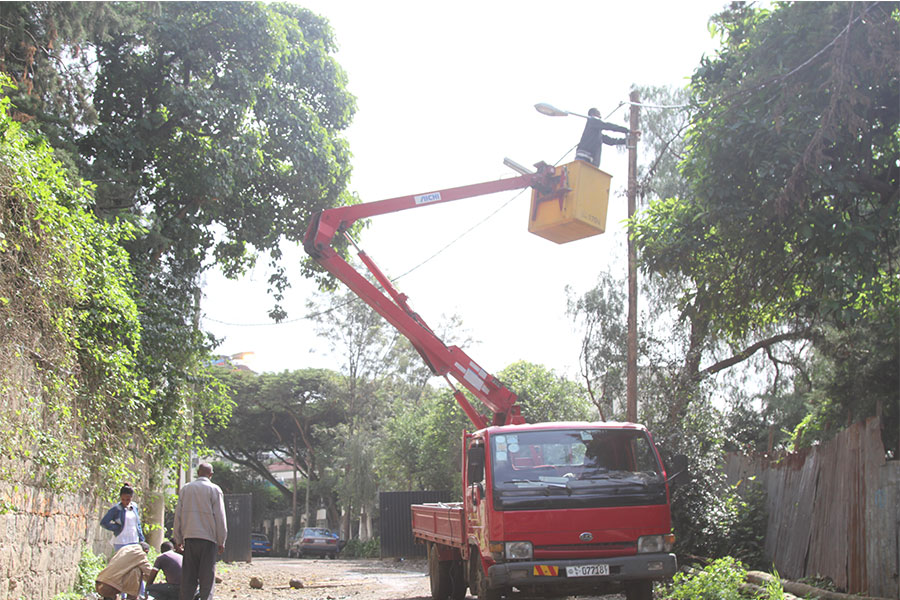
Agenda | Apr 20,2019

Agenda |

Fortune News | Jun 15,2019
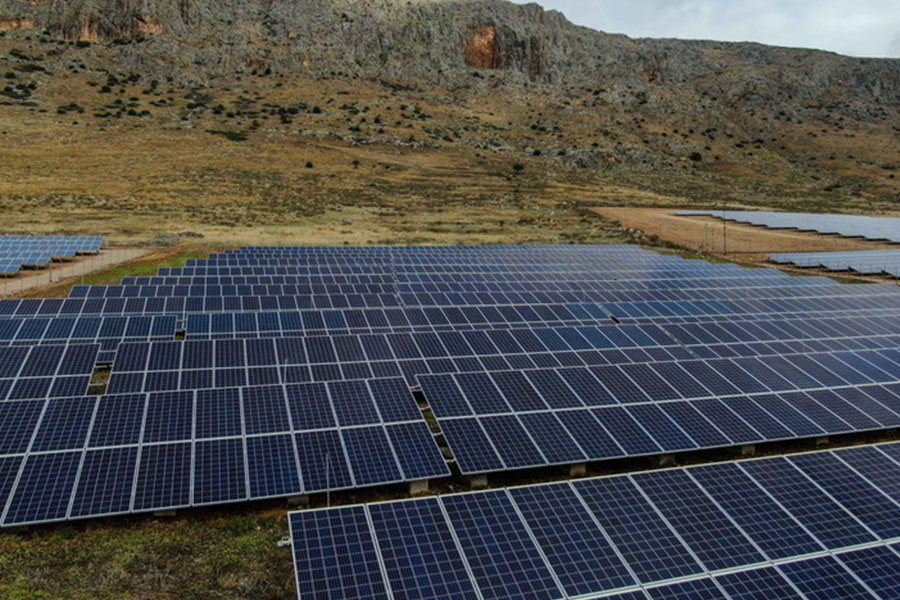
Fortune News | Oct 08,2022

Commentaries | Sep 19,2020

In-Picture | May 25,2019

Featured | Sep 07,2025

Life Matters | May 31,2020

Photo Gallery | 156233 Views | May 06,2019

Photo Gallery | 146517 Views | Apr 26,2019

My Opinion | 135227 Views | Aug 14,2021

Photo Gallery | 135031 Views | Oct 06,2021

Dec 22 , 2024 . By TIZITA SHEWAFERAW
Charged with transforming colossal state-owned enterprises into modern and competitiv...

Aug 18 , 2024 . By AKSAH ITALO
Although predictable Yonas Zerihun's job in the ride-hailing service is not immune to...

Jul 28 , 2024 . By TIZITA SHEWAFERAW
Unhabitual, perhaps too many, Samuel Gebreyohannes, 38, used to occasionally enjoy a couple of beers at breakfast. However, he recently swit...

Jul 13 , 2024 . By AKSAH ITALO
Investors who rely on tractors, trucks, and field vehicles for commuting, transporting commodities, and f...

Sep 13 , 2025
At its launch in Nairobi two years ago, the Africa Climate Summit was billed as the f...

Sep 6 , 2025
The dawn of a new year is more than a simple turning of the calendar. It is a moment...

Aug 30 , 2025
For Germans, Otto von Bismarck is first remembered as the architect of a unified nati...

Aug 23 , 2025
Banks have a new obsession. After decades chasing deposits and, more recently, digita...
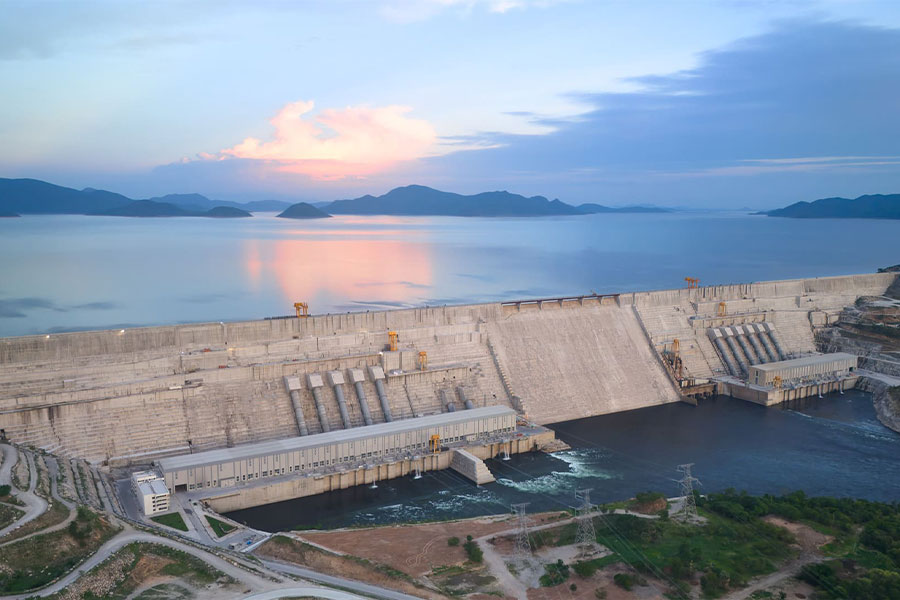
Sep 15 , 2025 . By AMANUEL BEKELE
The Grand Ethiopian Renaissance Dam (GERD), Africa's largest hydroelectric power proj...
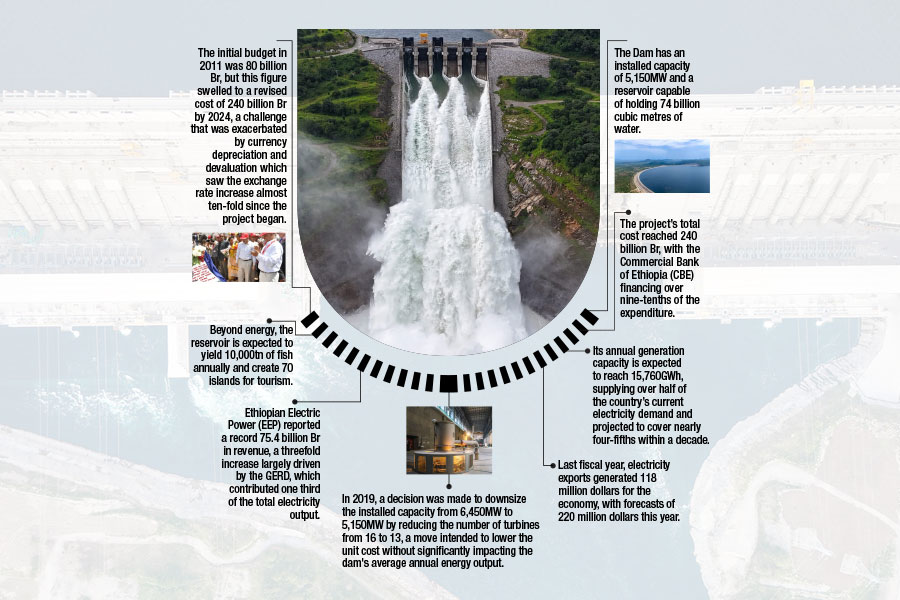
Sep 13 , 2025
The initial budget in 2011 was 80 billion Br, but this figure swelled to a revised cost of 240 billion Br by 2024, a challenge that was exac...

Banks are facing growing pressure to make sustainability central to their operations as regulators and in...
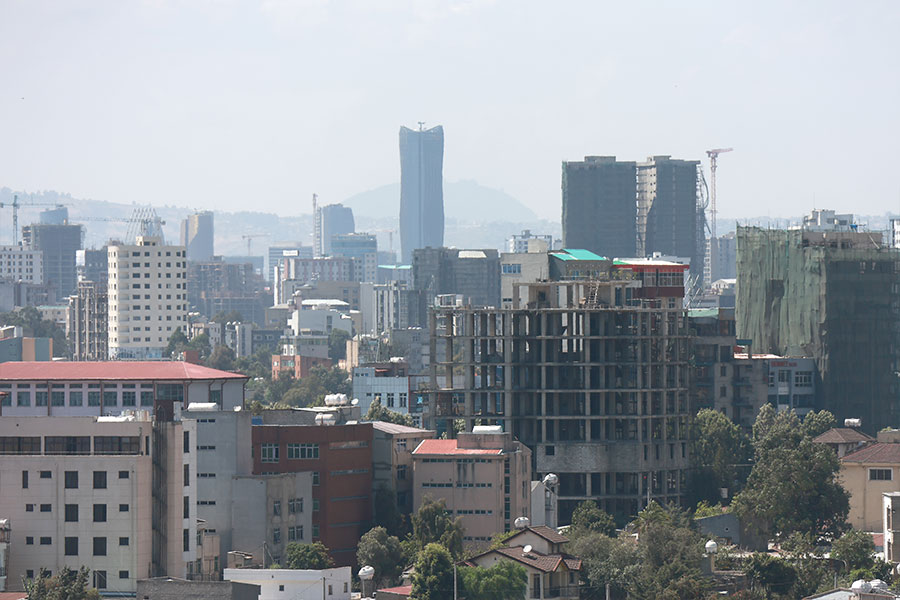
Sep 15 , 2025 . By YITBAREK GETACHEW
The Addis Abeba City Cabinet has enacted a landmark reform to its long-contentious setback regulations, a...